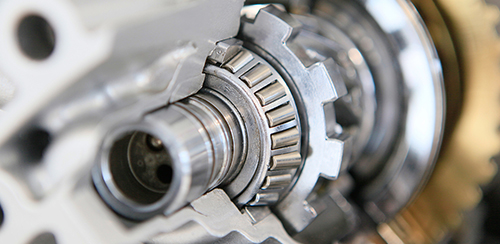Plate heat exchanger scale formation and measures
Since the refrigerant fluid (refrigerated water) receives the heat of the mission fluid (cooling water), the cooling water of the plate heat exchanger is in the process of heat exchange. The temperature rises. At this time, the CaHCO32 and MgHCO32, which are dissolved in water, precipitate CO2 to form CaCO3 and MgCO3 which are slightly soluble in water. Since the degree of melting of CaCO3 and MgCO3 decreases with temperature, it crystallizes from water. The crystals are continuously deposited on the surface of the heat exchanger, forming a very hard scale.
As a result of the increase in energy consumption, an important risk of scale is to reduce the heat exchange efficiency of the exchanger. In addition, when the scale appears on the side of the mission fluid (cooling water), it will cause the flow of the cooling water to be free and the pressure to drop, and in severe cases, the production will be stopped.
The efficiency of heat exchange is weakened when the scale thickness reaches 1.6 mm and the heat loss is high, and the scale thickness in the condenser tube is 0.3 mm. This fame scale has a great influence on the thermal conductivity of the plate heat exchanger. In order to make the thermal converter's mission performance abnormal, it will perform regular cleaning and cleaning. The complete cleaning of scale is an individual EPDM pad, the importance of plate heat exchanger. Parts and their functions, where the consumable part is the gasket of the plate heat exchanger. Acid, alkali and salt resistant. It has been confirmed that the aMDEA solution with defoamer will have a rubber pad swelling phenomenon. From the current operation, the operating life of the rubber pad is about 12a. The accurate control has a direct influence on the operating life of the plate heat exchanger. It is an improper operation that affects the performance of the heat exchanger when it is not affected by water hammer. The media population should be fitted with a suitable filter.
If not used, for spare equipment. The bolts should be tightened to the specified size to allow the gasket and heat exchanger plates to be serviced and clamped as required during handling.
The signal hole should be analyzed when the medium flows out, and the equipment should run continuously. If the bolt is loose or elongated due to heat exchange, care should be taken when performing the clamping. Because the plate heat exchanger has a high heat transfer coefficient, the main reason is that the plate corrugation can make the fluid smaller. Turbulence is generated at the flow rate. When a non-staff is being clamped, there is a possibility that it may cause irreparable damage. When the plate heat exchanger is in operation, it is not recommended to clamp. If the gasket is found to be aged, it should be replaced.





